David Bowie had famously dropped in to see THE HUMAN LEAGUE at The Nashville in late 1978 and hailed them as “the future of rock ‘n’ roll”.
But it was TUBEWAY ARMY fronted by Gary Numan who beat THE HUMAN LEAGUE to the top of the UK singles charts in Summer 1979 with Are Friends Electric?’ while just a few weeks earlier, SPARKS had been become willing conspirators with Giorgio Moroder on ‘The No1 Song In Heaven’ to effectively invent the synth duo.
Although it was the dawn of synth, 1980 was a transitional time when the synth was still the exception rather than the rule. The landscape was changing and the seed of what became the New Romantic movement had been planted.
Following the critical mauling he received for his 1979 album ‘Lodger’ but aware of his burgeoning influence in these futuristic sounds, Bowie headed down to The Blitz with RCA assistant and club regular Jacqueline Bucknell to cast extras including the late Steve Strange for the video of his new single ‘Ashes To Ashes’. It hit the top of UK charts and confirmed that once again “There’s old wave. There’s new wave. And there’s David Bowie…”
While Bowie’s was not an electronic artist in the way some of the next generation of artists had declared themselves, he couldn’t resist a sly dig at the acts that he’d inspired, using the line “same old thing in brand new drag” on the track ‘Teenage Wildlife’ from his next album ‘Scary Monsters’. And he was eventually to beat previous winner Gary Numan to the year’s ‘Best Male Singer’ accolade at the BBC endorsed British Rock & Pop Awards.
Belatedly looking back to 42 years ago before automatic stations came, here are 20 albums which ELECTRICITYCLUB.CO.UK sees as contributing to the electronic legacy of 1980. They are listed in alphabetical order with a restriction of one album per act.
BUGGLES The Age Of Plastic
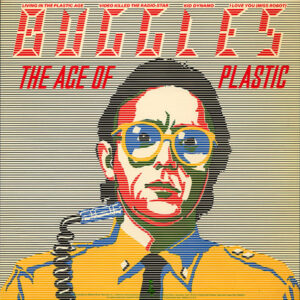 Trevor Horn and Geoff Downes met while working with Tina Charles and her producer Biddu. Together they would go on to form BUGGLES and score a No1 with ‘Video Killed The Radio Star’. From the parent album ‘The Age Of Plastic’, ‘Astroboy’ developed on the duo’s sonic adventures while ‘The Plastic Age’ and ‘Clean Clean’ provided further if minor hits. Horn would go on become a top record producer.
Trevor Horn and Geoff Downes met while working with Tina Charles and her producer Biddu. Together they would go on to form BUGGLES and score a No1 with ‘Video Killed The Radio Star’. From the parent album ‘The Age Of Plastic’, ‘Astroboy’ developed on the duo’s sonic adventures while ‘The Plastic Age’ and ‘Clean Clean’ provided further if minor hits. Horn would go on become a top record producer.
‘The Age Of Plastic’ is still available via Island Records / Universal Music
https://twitter.com/Trevor_Horn_
DALEK I Compass Kum’Pas
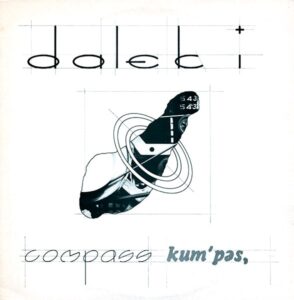 Before OMD, the electronic duo on The Wirral was DALEK I LOVE YOU. However, by the time their debut album ‘Compass Kum’pas’ was released, OMD were having hits and keyboards man Dave Hughes had left to join their live band. Although Alan Gill’s vocals could polarise opinion, ‘Destiny’ was their most immediate song with a precise percussive appeal while ‘The World’ was eccentric and retro-futuristic.
Before OMD, the electronic duo on The Wirral was DALEK I LOVE YOU. However, by the time their debut album ‘Compass Kum’pas’ was released, OMD were having hits and keyboards man Dave Hughes had left to join their live band. Although Alan Gill’s vocals could polarise opinion, ‘Destiny’ was their most immediate song with a precise percussive appeal while ‘The World’ was eccentric and retro-futuristic.
‘Compass Kum’Pas’ is still available via Mercury Records
http://www.discogs.com/artist/Dalek+I
FAD GADGET Fireside Favourites
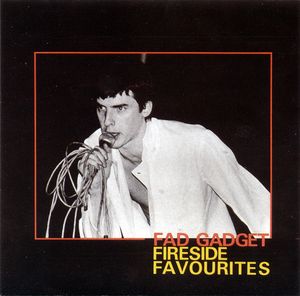 The success of the singles ‘Back To Nature’ and ‘Ricky’s Hand’ attracted a loyal fanbase, so a FAD GADGET album ‘Fireside Favourites’ was eagerly anticipated. Developing on the minimal industrialism of the singles, the superb ‘Coitus Interruptus’ was a cynical commentary on casual relationships while offering his own brand of romantic macabre in the fear of the imminent nuclear apocalypse was the neo-title song ‘Fireside Favourite’.
The success of the singles ‘Back To Nature’ and ‘Ricky’s Hand’ attracted a loyal fanbase, so a FAD GADGET album ‘Fireside Favourites’ was eagerly anticipated. Developing on the minimal industrialism of the singles, the superb ‘Coitus Interruptus’ was a cynical commentary on casual relationships while offering his own brand of romantic macabre in the fear of the imminent nuclear apocalypse was the neo-title song ‘Fireside Favourite’.
‘Fireside Favourites’ is still available via Mute Records
https://mute.com/artists/fad-gadget
JOHN FOXX Metamatic
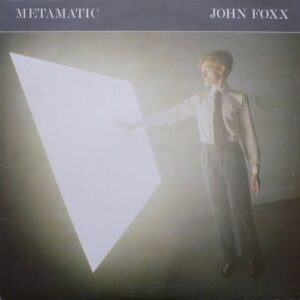 On the ULTRAVOX! debut,John Foxx announced “I want to be a machine”. On signing to Virgin Records as a solo artist, he virtually went the full hog with the seminal JG Ballard inspired ’Metamatic’. ‘Underpass’ and ‘No-One Driving’ were surprise hit singles that underlined the dystopian times while the fabulous ‘A New Kind Of Man’ and the deviant ‘He’s A Liquid’ were pure unadulterated Sci-Fi driven by the cold mechanics of a Roland Compurhythm.
On the ULTRAVOX! debut,John Foxx announced “I want to be a machine”. On signing to Virgin Records as a solo artist, he virtually went the full hog with the seminal JG Ballard inspired ’Metamatic’. ‘Underpass’ and ‘No-One Driving’ were surprise hit singles that underlined the dystopian times while the fabulous ‘A New Kind Of Man’ and the deviant ‘He’s A Liquid’ were pure unadulterated Sci-Fi driven by the cold mechanics of a Roland Compurhythm.
‘Metamatic’ is still available via Metamatic Records
HARALD GROSSKOPF Synthesist
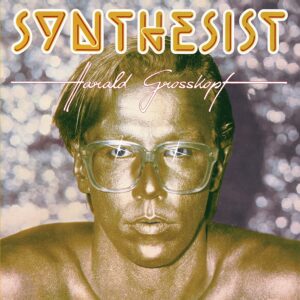 Having worked with Klaus Schulze and Manuel Göttsching, drummer turned keyboard player Harald Grosskopf took the plunge to go solo with the mind bending album ‘Synthesist’. A work comprising of eight instrumentals that blended a sonic tapestry of synthesizer soundscapes with drumming that provided colour as opposed to dominance, it musically followed in the exquisite tradition of his Berlin electronic friends.
Having worked with Klaus Schulze and Manuel Göttsching, drummer turned keyboard player Harald Grosskopf took the plunge to go solo with the mind bending album ‘Synthesist’. A work comprising of eight instrumentals that blended a sonic tapestry of synthesizer soundscapes with drumming that provided colour as opposed to dominance, it musically followed in the exquisite tradition of his Berlin electronic friends.
‘Synthesist‘ is still available via by Bureau B
https://www.haraldgrosskopf.de/englisch/home.html
THE HUMAN LEAGUE Travelogue
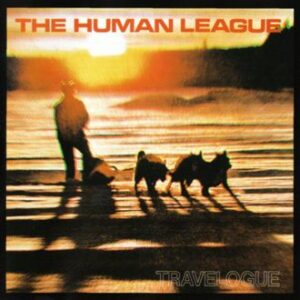 With THE HUMAN LEAGUE learning lessons from their debut ‘Reproduction’, ‘Travelogue’ had more presence by creatively utilising the harsh screeching frequencies from overdriving their studio desk. ‘The Black Hit Of Space’ had its surreal Sci-Fi lyrics while ‘Dreams Of Leaving’ was a fantastically emotive slice of prog synth. There were glorious cover versions in ‘Only After Dark’ and ‘Gordon’s Gin’. While it was a breakthrough, all was not happy…
With THE HUMAN LEAGUE learning lessons from their debut ‘Reproduction’, ‘Travelogue’ had more presence by creatively utilising the harsh screeching frequencies from overdriving their studio desk. ‘The Black Hit Of Space’ had its surreal Sci-Fi lyrics while ‘Dreams Of Leaving’ was a fantastically emotive slice of prog synth. There were glorious cover versions in ‘Only After Dark’ and ‘Gordon’s Gin’. While it was a breakthrough, all was not happy…
‘Travelogue’ is still available via Virgin Records
https://martynwareofficial.co.uk/
JAPAN Gentlemen Take Polaroids
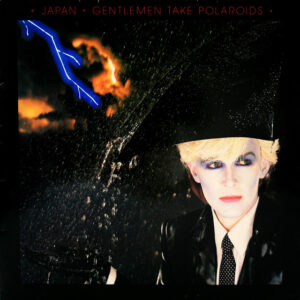 Dropped by Ariola Hansa, JAPAN found a refuge at Virgin Records. The bossa nova driven ‘Swing’ explored exotic grooves while the haunting ‘Nightporter’ was the ultimate Erik Satie tribute. An interest in Japanese technopop produced the brilliant ‘Methods Of Dance’ and saw leader David Sylvian collaborate with YELLOW MAGIC ORCHESTRA’s Ryuichi Sakamoto on ‘Taking Islands In Africa’.
Dropped by Ariola Hansa, JAPAN found a refuge at Virgin Records. The bossa nova driven ‘Swing’ explored exotic grooves while the haunting ‘Nightporter’ was the ultimate Erik Satie tribute. An interest in Japanese technopop produced the brilliant ‘Methods Of Dance’ and saw leader David Sylvian collaborate with YELLOW MAGIC ORCHESTRA’s Ryuichi Sakamoto on ‘Taking Islands In Africa’.
‘Gentlemen Take Polaroids’ is still available via Virgin Records
JOY DIVISION Closer
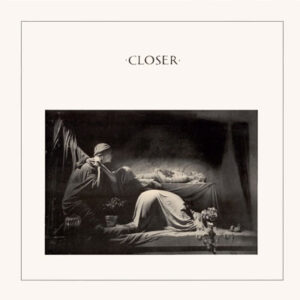 While not strictly an electronic album in full, half of ‘Closer’ was dominated by polyphonic synthesizers. Featuring an ARP Omni and an early version of Simmons drums, ‘Isolation’ was the most electronic track JOY DIVISION ever recorded. On the second side, ‘Heart & Soul’, ‘The Eternal’ and ‘Decades’ provided the solemn but beautiful Gothic backdrop producer by Martin Hannett for Ian Curtis’ elaborate musical suicide note.
While not strictly an electronic album in full, half of ‘Closer’ was dominated by polyphonic synthesizers. Featuring an ARP Omni and an early version of Simmons drums, ‘Isolation’ was the most electronic track JOY DIVISION ever recorded. On the second side, ‘Heart & Soul’, ‘The Eternal’ and ‘Decades’ provided the solemn but beautiful Gothic backdrop producer by Martin Hannett for Ian Curtis’ elaborate musical suicide note.
‘Closer’ is still available via Rhino
http://joydivisionofficial.com/
LA DÜSSELDORF Individuellos
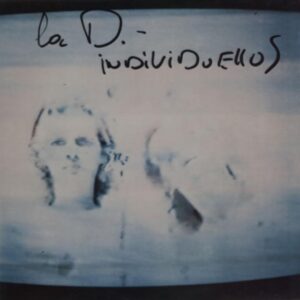 LA DÜSSELDORF were fronted by the late Klaus Dinger of NEU! There was a greater presence of electronics and the first half of ‘Individuellos’was dominated by variations on ‘Menschen’, a grand statement sounding like a blueprint for Phil Lynott’s ‘Yellow Pearl’. ‘Dampfriemen’ was a quirky slice of synth oompah with comedic chants and a kazoo section while the piano laden ‘Das Yvönnchen’ provided a beautiful closer.
LA DÜSSELDORF were fronted by the late Klaus Dinger of NEU! There was a greater presence of electronics and the first half of ‘Individuellos’was dominated by variations on ‘Menschen’, a grand statement sounding like a blueprint for Phil Lynott’s ‘Yellow Pearl’. ‘Dampfriemen’ was a quirky slice of synth oompah with comedic chants and a kazoo section while the piano laden ‘Das Yvönnchen’ provided a beautiful closer.
‘Individuellos’ is still available via Warner Germany
https://www.discogs.com/artist/152540-La-Düsseldorf
NEW MUSIK From A To B
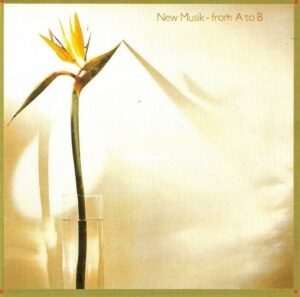 Time has shown that Tony Mansfield and NEW MUSIK with their strummed guitar alongside pretty synth melodies were underrated. Featuring the hits ‘Living By Numbers’, ‘This World Of Water’ and ‘Sanctuary’ as well as ‘On Islands’ which was later covered by CAMOUFLAGE, the band were dismissed as a novelty act due to the silly voices in their songs. Mansfield went on to produce A-HA, NAKED EYES and VICIOUS PINK.
Time has shown that Tony Mansfield and NEW MUSIK with their strummed guitar alongside pretty synth melodies were underrated. Featuring the hits ‘Living By Numbers’, ‘This World Of Water’ and ‘Sanctuary’ as well as ‘On Islands’ which was later covered by CAMOUFLAGE, the band were dismissed as a novelty act due to the silly voices in their songs. Mansfield went on to produce A-HA, NAKED EYES and VICIOUS PINK.
‘From A To B’ is still available via Lemon Records
GARY NUMAN Telekon
 The negative side of fame got into the psyche of Gary Numan and his new songs took on a more personal downbeat nature away from the Sci-Fi dystopia of his previous work. ‘This Wreckage’ and ‘Please Push No More’ summed up the self-doubt but while ‘Remind Me To Smile’ could have been a single, ‘Telekon’ suffered from not having the hit single ‘We Are Glass’ and ‘I Die: You Die’ included on the original LP release.
The negative side of fame got into the psyche of Gary Numan and his new songs took on a more personal downbeat nature away from the Sci-Fi dystopia of his previous work. ‘This Wreckage’ and ‘Please Push No More’ summed up the self-doubt but while ‘Remind Me To Smile’ could have been a single, ‘Telekon’ suffered from not having the hit single ‘We Are Glass’ and ‘I Die: You Die’ included on the original LP release.
‘Telekon’ is still available via Beggars Banquet
OMD Orchestral Manoeuvres In The Dark
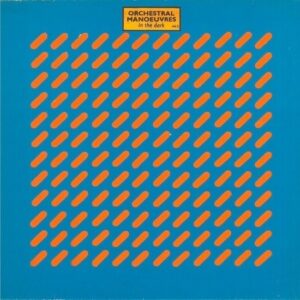 OMD released two albums in 1980 but their self-titled debut captured Andy McCluskey and Paul Humphreys using the most basic equipment, the duo not even having a polyphonic synth at the time. With energetic post-punk synth numbers such as ‘Electricity’ and ‘Bunker Soldiers’, on the other side of the coin were ‘Almost’ and ‘The Messerschmitt Twins’. An early version of ‘Messages’ pointed to a future with hit singles.
OMD released two albums in 1980 but their self-titled debut captured Andy McCluskey and Paul Humphreys using the most basic equipment, the duo not even having a polyphonic synth at the time. With energetic post-punk synth numbers such as ‘Electricity’ and ‘Bunker Soldiers’, on the other side of the coin were ‘Almost’ and ‘The Messerschmitt Twins’. An early version of ‘Messages’ pointed to a future with hit singles.
‘Orchestral Manoeuvres In The Dark’ is still available via Virgin Records
ROBERT PALMER Clues
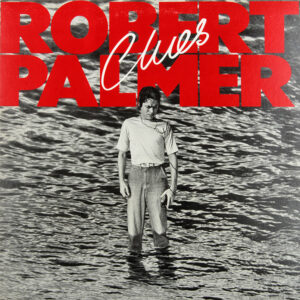 Although rooted in the blues via his previous band VINEGAR JOE, Robert Palmer took an interest in synths having become a fan of Gary Numan. That led to two collaborations including a version of ‘I Dream Of Wires’ released before Numan’s own recording and the Eastern flavoured ‘Found You Now’. The electronic centrepiece was the beautifully world weary ‘Johnny & Mary’ while ‘Looking for Clues’ added synthy art funk to the mix.
Although rooted in the blues via his previous band VINEGAR JOE, Robert Palmer took an interest in synths having become a fan of Gary Numan. That led to two collaborations including a version of ‘I Dream Of Wires’ released before Numan’s own recording and the Eastern flavoured ‘Found You Now’. The electronic centrepiece was the beautifully world weary ‘Johnny & Mary’ while ‘Looking for Clues’ added synthy art funk to the mix.
‘Clues’ is still available via Island Records / Universal Music
SILICON TEENS Music For Parties
![]() Following the acclaim for THE NORMAL, Daniel Miller undertook a new project SILICON TEENS as a fictitious synth group where rock ’n’ roll standards such as ‘Memphis Tennessee’, ‘Just Like Eddie’, ‘Let’s Dance’ and ‘Sweet Little Sixteen’ were enjoyably reinterpreted in a quirky synthpop style with Miller adding his deadpan monotone vocal. Frank Tovey aka FAD GADGET played the role of lead singer “Darryl” for videos and press.
Following the acclaim for THE NORMAL, Daniel Miller undertook a new project SILICON TEENS as a fictitious synth group where rock ’n’ roll standards such as ‘Memphis Tennessee’, ‘Just Like Eddie’, ‘Let’s Dance’ and ‘Sweet Little Sixteen’ were enjoyably reinterpreted in a quirky synthpop style with Miller adding his deadpan monotone vocal. Frank Tovey aka FAD GADGET played the role of lead singer “Darryl” for videos and press.
‘Music For Parties’ is still available via Mute Records
https://mute.com/artists/silicon-teens
SIMPLE MINDS Empires & Dance
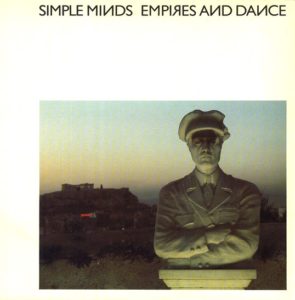 Tours opening for Gary Numan and Peter Gabriel took SIMPLE MINDS around Europe to experience Cold War tensions at closer hand. Their wired mood was captured on ‘Empires & Dance’. With its speedy Moroder-esque influence, ‘I Travel’ was a screeching futuristic frenzy and ‘Celebrate’ brought some industrial Schaffel to the party. ’30 Frames A Second’ took a trip down the autobahn but ‘Twist / Run / Repulsion’ messed with the headspace of listeners.
Tours opening for Gary Numan and Peter Gabriel took SIMPLE MINDS around Europe to experience Cold War tensions at closer hand. Their wired mood was captured on ‘Empires & Dance’. With its speedy Moroder-esque influence, ‘I Travel’ was a screeching futuristic frenzy and ‘Celebrate’ brought some industrial Schaffel to the party. ’30 Frames A Second’ took a trip down the autobahn but ‘Twist / Run / Repulsion’ messed with the headspace of listeners.
‘Empires & Dance’ is still available via Virgin Records
SPARKS Terminal Jive
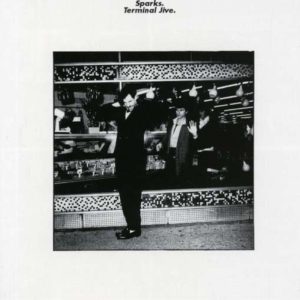 Following the Giorgio Moroder steered album ‘No1 In Heaven’, SPARKS were despatched by Virgin Records to record a swift follow-up. Although Moroder was still nominally at the helm, Harold Faltermeyer took the majority of production duties on ‘Terminal Jive’. ‘Rock ‘N’ Roll People In A Disco World’ seemed to reflect the confused direction but ‘When I’m With You’ was a massive hit single in France, leading to the Mael Brothers’ relocation.
Following the Giorgio Moroder steered album ‘No1 In Heaven’, SPARKS were despatched by Virgin Records to record a swift follow-up. Although Moroder was still nominally at the helm, Harold Faltermeyer took the majority of production duties on ‘Terminal Jive’. ‘Rock ‘N’ Roll People In A Disco World’ seemed to reflect the confused direction but ‘When I’m With You’ was a massive hit single in France, leading to the Mael Brothers’ relocation.
‘Terminal Jive’ is still available via Repertoire Records
TANGERINE DREAM Tangram
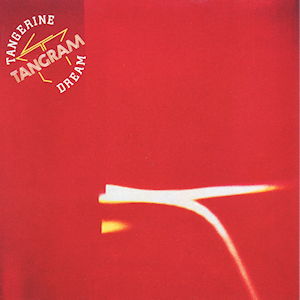 After experiments with vocals on ‘Cyclone’ and live drums on ‘Force Majeure’, with the recruitment on keyboards with Johannes Schmoelling to fill the difficult to fill void left by the departure of Peter Baumann, Edgar Froese and Christopher Franke got back on track, combining a more immediate sequencer drive with the melodic New Age resonances on the two part ‘Tangram’ set that would characterise TANGERINE DREAM’s later work.
After experiments with vocals on ‘Cyclone’ and live drums on ‘Force Majeure’, with the recruitment on keyboards with Johannes Schmoelling to fill the difficult to fill void left by the departure of Peter Baumann, Edgar Froese and Christopher Franke got back on track, combining a more immediate sequencer drive with the melodic New Age resonances on the two part ‘Tangram’ set that would characterise TANGERINE DREAM’s later work.
‘Tangram’ is still available via Virgin Records
https://tangerinedreammusic.com/
TELEX Neurovision
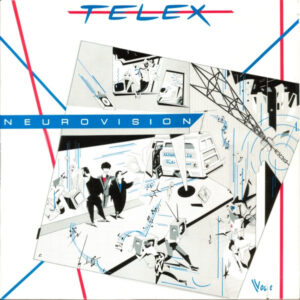 The second TELEX album ‘Neurovision’ continued with the trio’s tradition of deadpan electronic covers and a gloriously metronomic take on ‘Dance To The Music’ showcased their penchant for mischievous subversion. But this mischief came to its head with their lampooning self-composed number ‘Euro-Vision’, a bouncy electropop tune which they actually entered for 1980 Eurovision Song Contest, coming seventeenth!
The second TELEX album ‘Neurovision’ continued with the trio’s tradition of deadpan electronic covers and a gloriously metronomic take on ‘Dance To The Music’ showcased their penchant for mischievous subversion. But this mischief came to its head with their lampooning self-composed number ‘Euro-Vision’, a bouncy electropop tune which they actually entered for 1980 Eurovision Song Contest, coming seventeenth!
‘Neurovision’ is still available via Mute Artists
https://mutebank.co.uk/collections/telex
ULTRAVOX Vienna
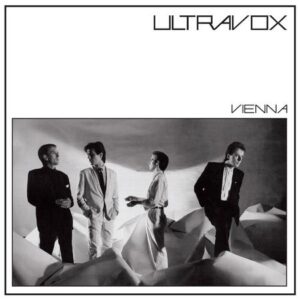 Following the first VISAGE sessions, Midge Ure was invited to join Billy Currie, Chris Cross and Warren Cann in ULTRAVOX. Providing a sonic continuity from the John Foxx-led era was producer Conny Plank while the robotic spy story ‘Mr X’ voiced by Cann provided another link. Opening with the mighty instrumental ‘Astradyne’ and closing with the synthesized heavy metal of ‘All Stood Still’, the ‘Vienna’ album was a triumph.
Following the first VISAGE sessions, Midge Ure was invited to join Billy Currie, Chris Cross and Warren Cann in ULTRAVOX. Providing a sonic continuity from the John Foxx-led era was producer Conny Plank while the robotic spy story ‘Mr X’ voiced by Cann provided another link. Opening with the mighty instrumental ‘Astradyne’ and closing with the synthesized heavy metal of ‘All Stood Still’, the ‘Vienna’ album was a triumph.
‘Vienna’ is still available via Chrysalis Records
VISAGE Visage
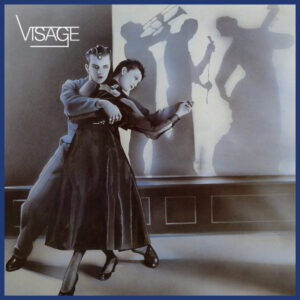 Formed as a reaction to the shortage of new electronic dance music to play at The Blitz Club, ex-RICH KIDS members Midge Ure and Rusty Egan recruited its figurehead Steve Strange to front the project under the name of VISAGE. Billy Currie, Dave Formula, John McGeoch and Barry Adamson joined later and captured a synthesized European romanticism that boasted the German No1 ‘Fade To Grey’ as well as two other hits in ‘Mind Of A Toy’ and the eponymous title track.
Formed as a reaction to the shortage of new electronic dance music to play at The Blitz Club, ex-RICH KIDS members Midge Ure and Rusty Egan recruited its figurehead Steve Strange to front the project under the name of VISAGE. Billy Currie, Dave Formula, John McGeoch and Barry Adamson joined later and captured a synthesized European romanticism that boasted the German No1 ‘Fade To Grey’ as well as two other hits in ‘Mind Of A Toy’ and the eponymous title track.
‘Visage’ is still available via Rubellan Remasters
https://www.therealvisage.com/
Text by Chi Ming Lai
29 December 2023

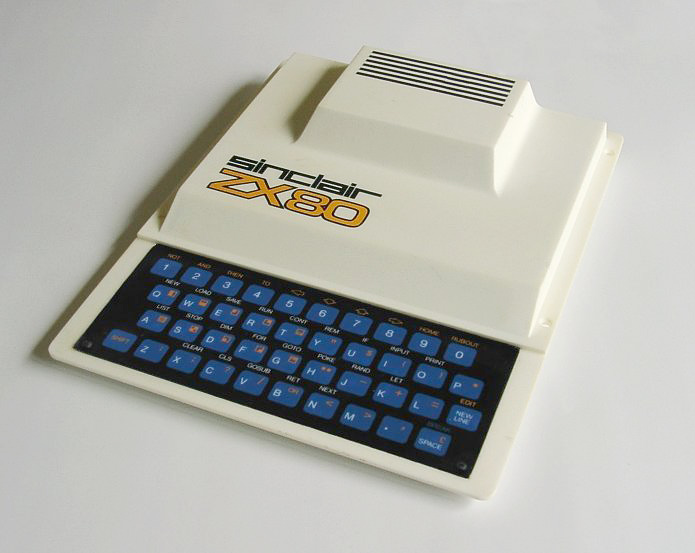
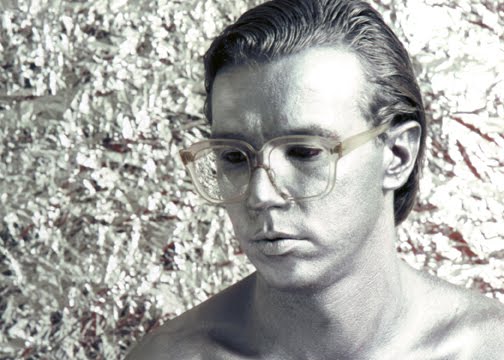
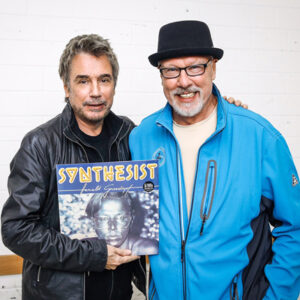
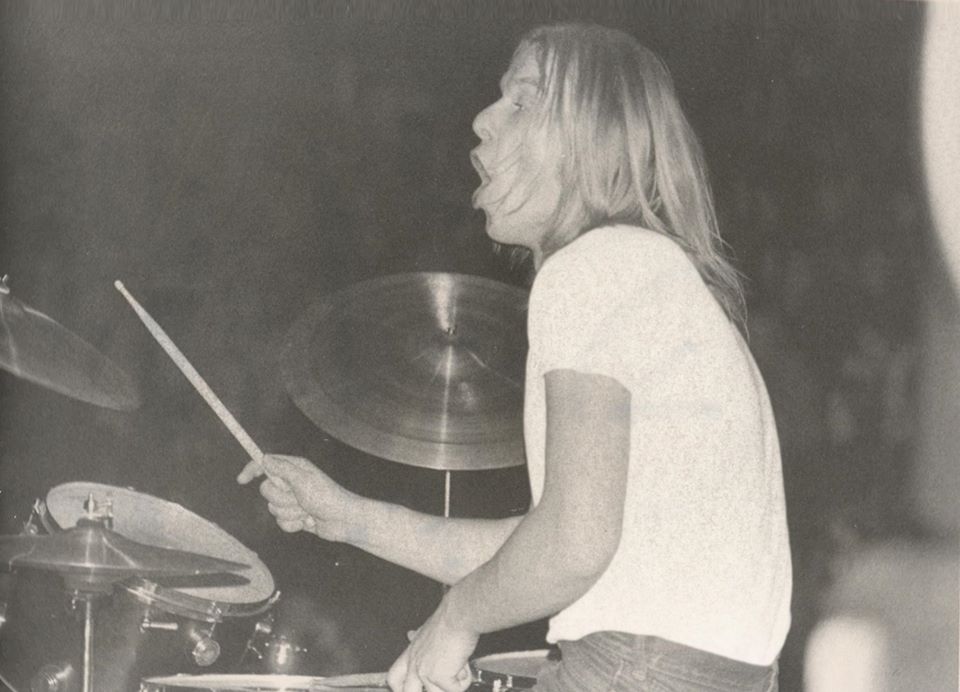
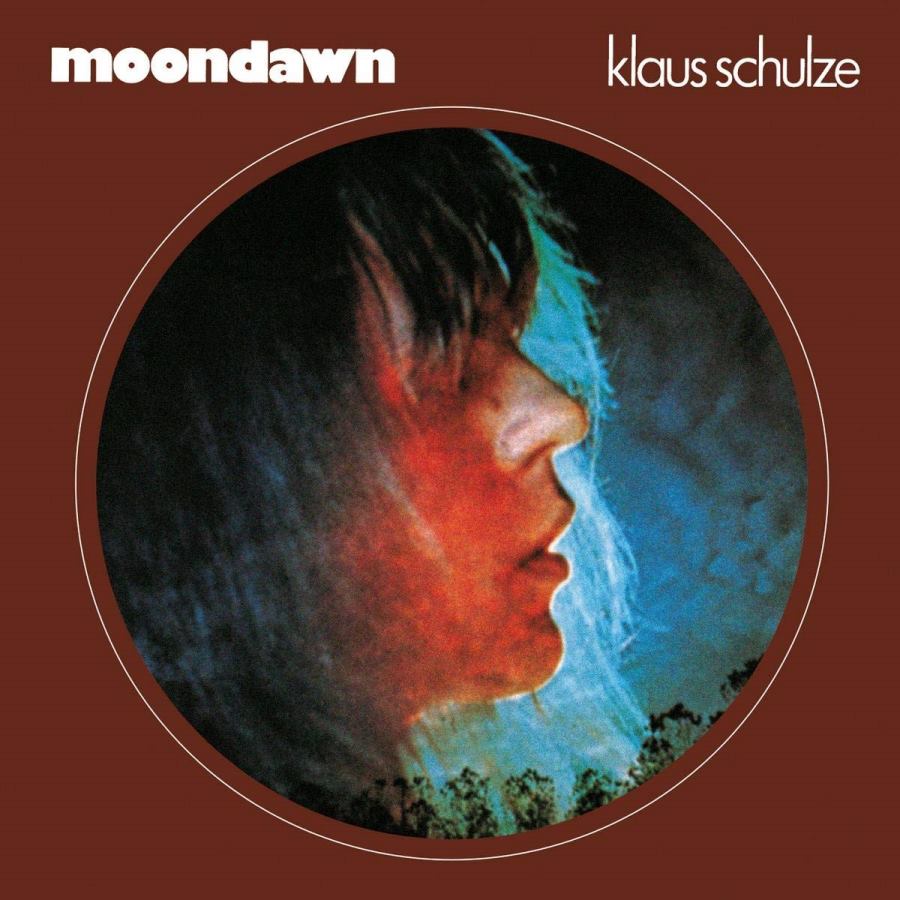
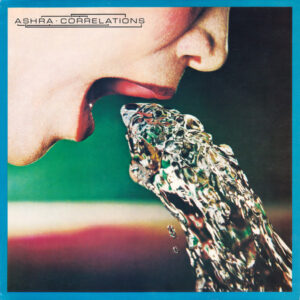
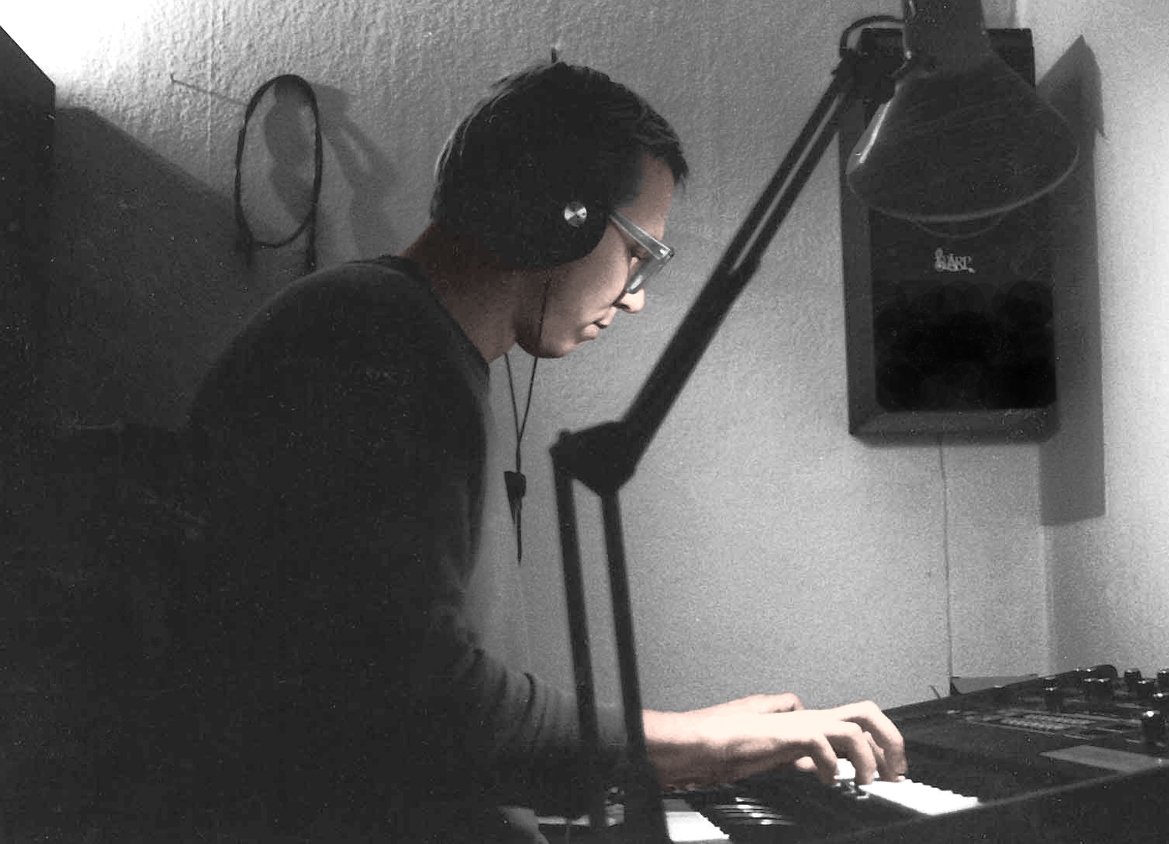
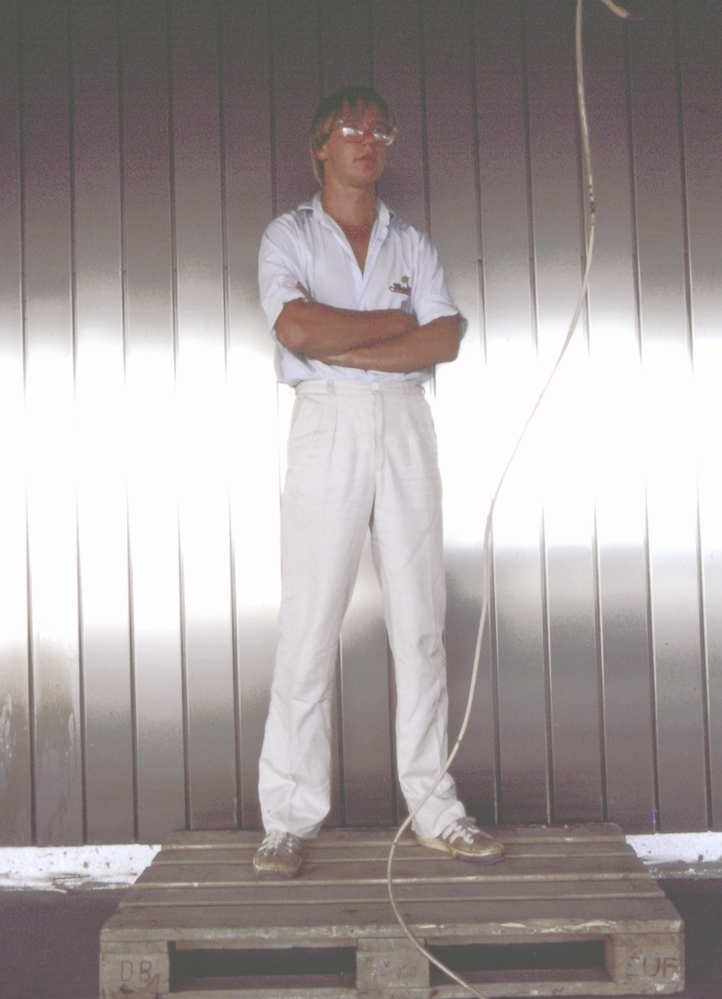
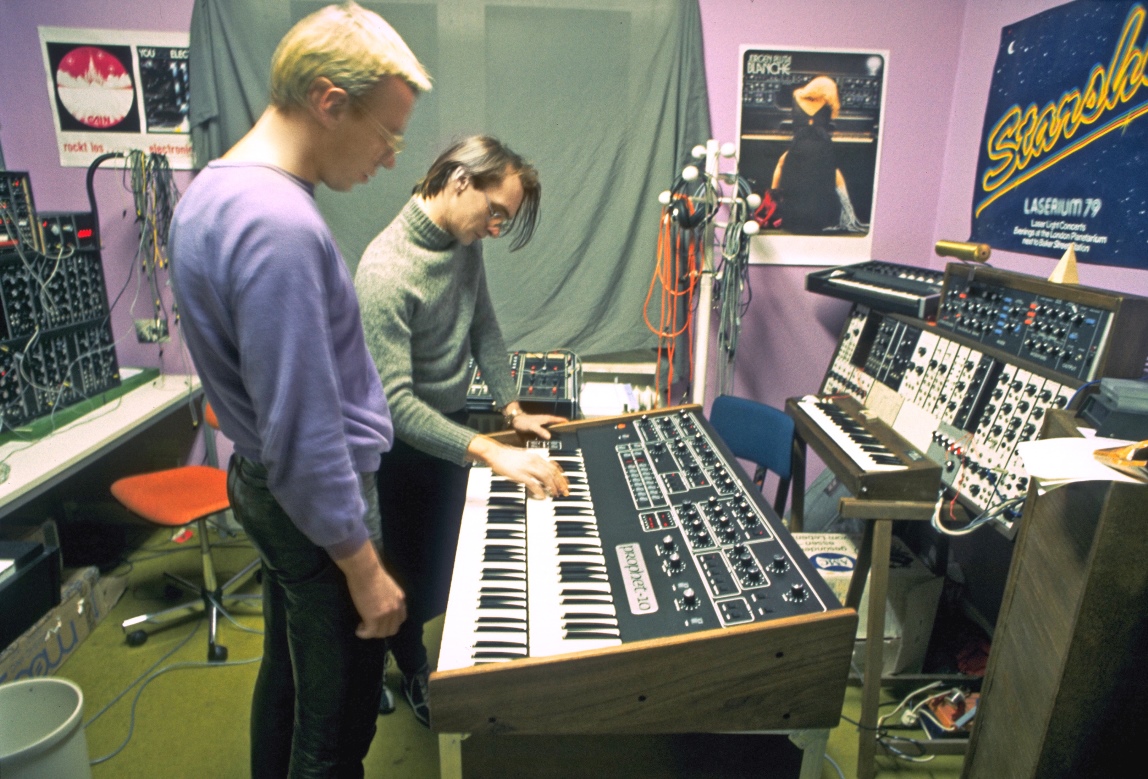
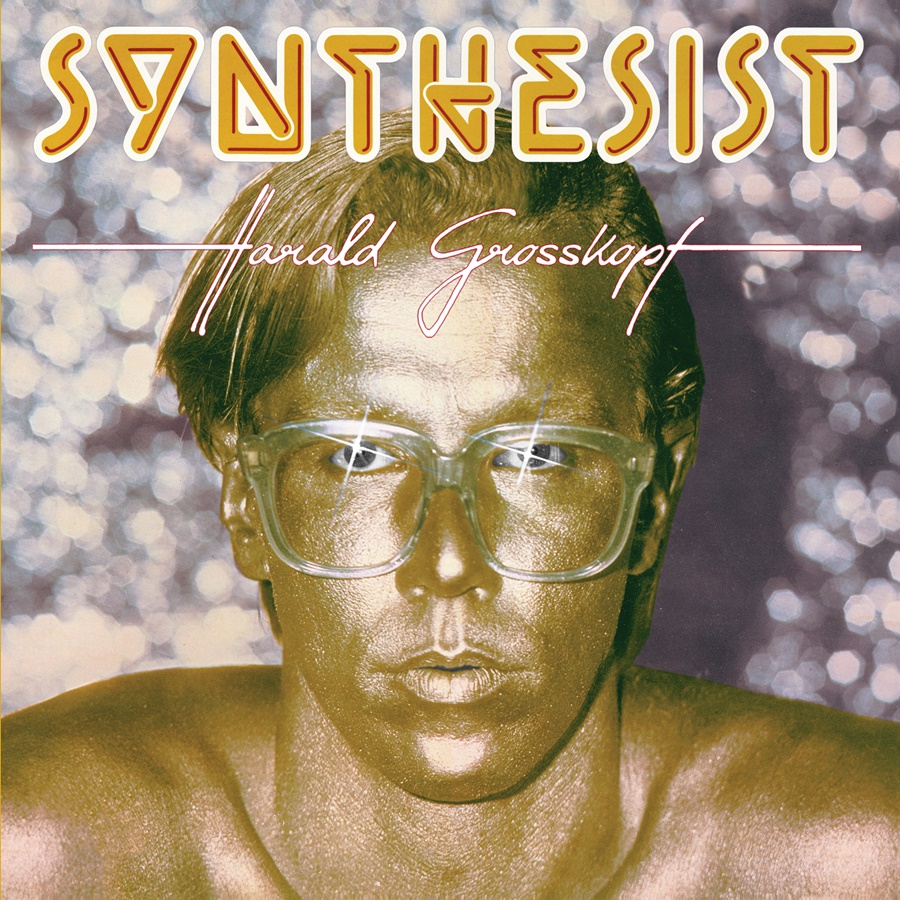
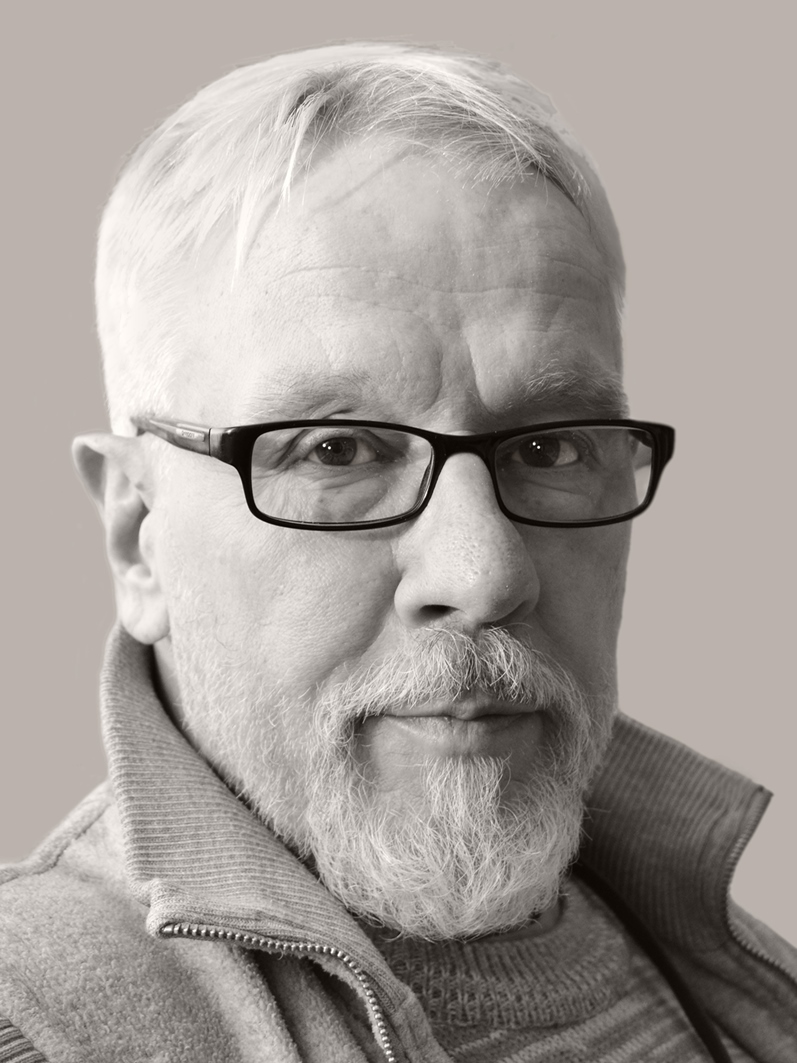
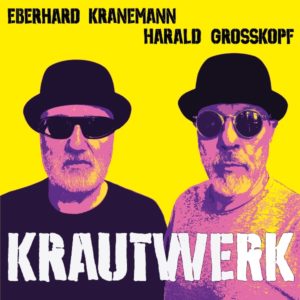
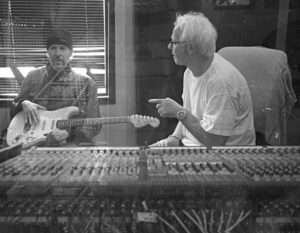
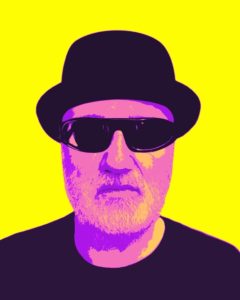
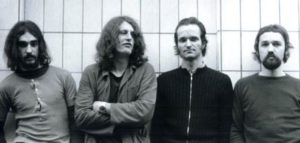
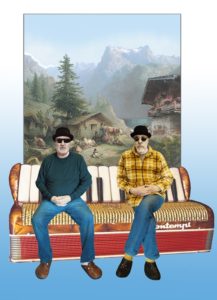
Follow Us!